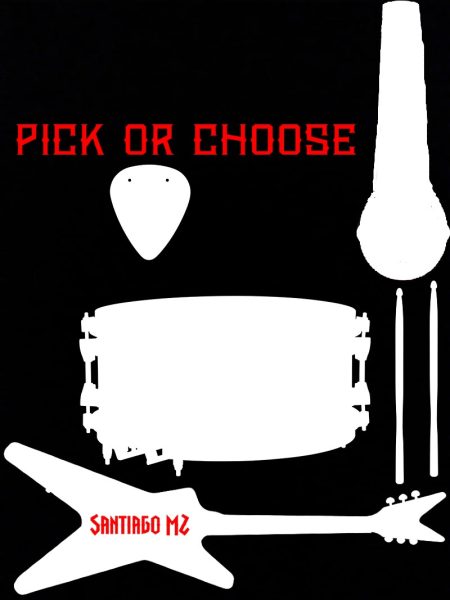The History of Saint Patrick’s Day
Everybody loves to celebrate St. Patrick’s Day by leaving out leprechaun traps, wearing green and orange, and eating their favorite Irish delicacies, but where does this holiday truly stem from? Why does everyone celebrate every March 17th?
Saint Patrick was born in the fifth century in Roman Britain and was kidnapped and brought to Ireland at age sixteen. He later escaped, but when he returned, he was credited with bringing Christianity to Ireland, and is famous for explaining the Holy Trinity of the Father, Son, and Holy Spirit in terms of the shamrock, the three-leaved Irish clover, a staple of St. Patrick’s day.
While the people of Ireland have been celebrating the Roman Catholic feast day on March 17 every year since the ninth or tenth century, the very first St. Patrick’s Day parade was not in Ireland, but in America. According to History.com, a Spanish Colony’s Irish vicar, Ricardo Artur, planned a parade and celebration of St. Patrick’s Day in St. Augustine on March 17, 1601.
These celebrations quickly spread to other parts of America, including New York and Boston. When the potato famine hit, millions of Irish immigrants came to America to find a better life, but many were scrutinized and had trouble finding work, even in major cities. When they took to the streets to celebrate on St. Patrick’s Day, they were further bashed for their heritage. Eventually, Irish Americans began to show pride in their heritage and realized that they had strength in numbers, and the yearly St. Patrick’s Day parades became a show of pride and strength.
Today, celebrations and parades are present in all major cities, including New York City, Chicago, Philadelphia, and Boston. The Boston St. Patrick’s Day parade this year will take place on Sunday, March 19th. Last year, the Chicago River was dyed green in celebration of St. Patrick’s Day, which truly shows the pride and love for the holiday that is spread across the nation.











